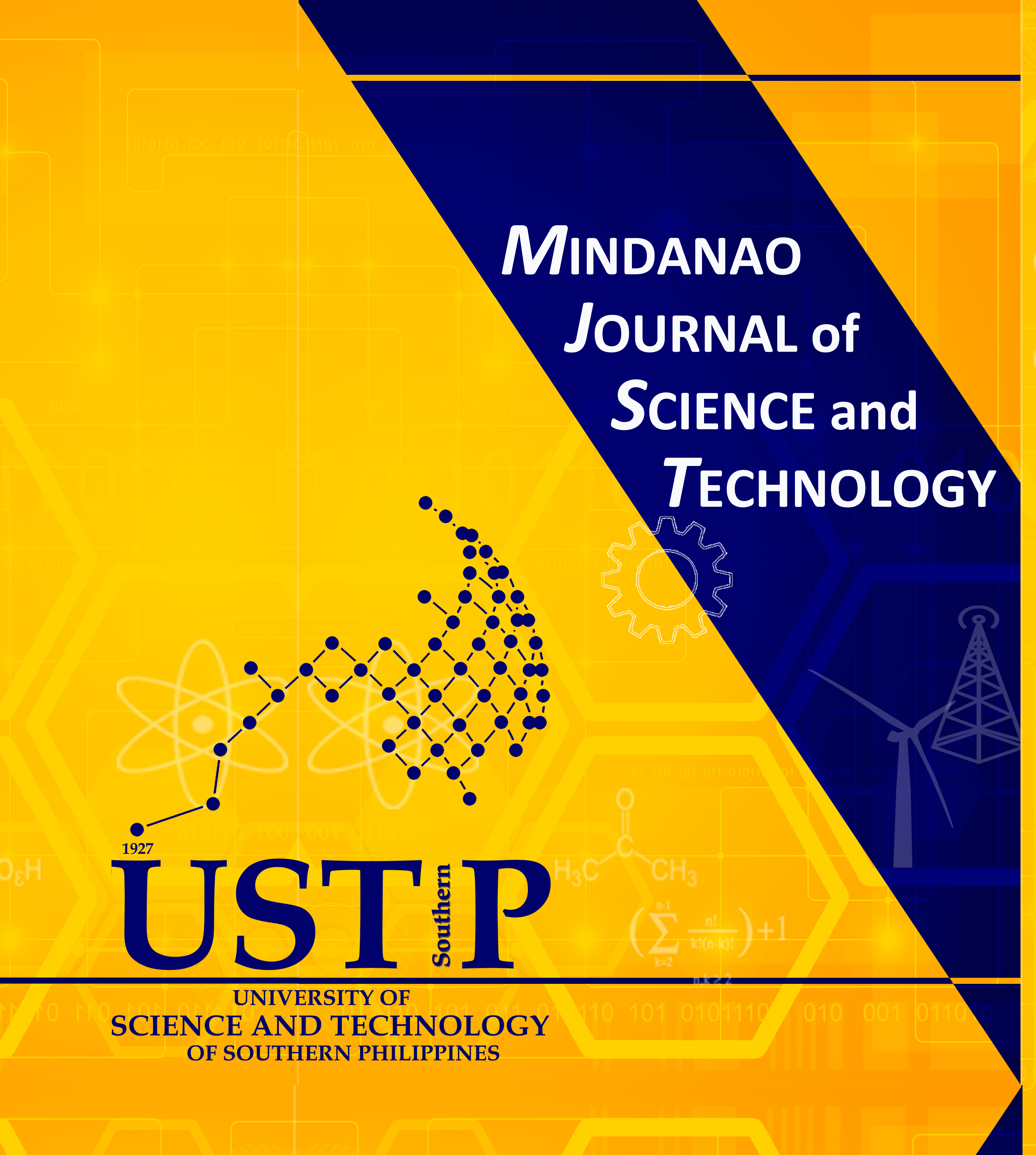Characterization and Elemental Analysis of Particulate Matter in a Chemical Digestion Laboratory
Keywords:
elemental analysis, indoor air quality, particulate matterAbstract
Particulate matter (PM) may constitute health-threatening substances that are classified as carcinogens. In laboratories, common PM-emitting activities include chemical processing and electronic equipment utilization. Thus, workers run the risk of inhaling possible contaminants into their respiratory systems and affecting their overall health. In this study, PM10 and PM2.5 sampled from a chemical digestion laboratory were analyzed based on the size distribution and elemental composition. Samples were collected using a cascade impactor coupled with an air pump for 7 h per sampling day. Size distribution showed variation in the number of coarse particles, which was mainly attributable to activities that occurred during sampling. Elemental analysis by scanning electron microscope with energy dispersive X-ray identified 23 elements. Some of the highest obtained concentrations belonged to the elements O, Si, Na and Ba with 41, 21, 10 and 10% in weight percentages, respectively. Possible PM sources included indoor dust, laboratory reagents, mechanical abrasions of buildings, crustal material and combustion emission. Furthermore, six elements from the identified PM constituents, namely Ba, Cl, Al, F, Mn and Cr were determined as inhalation contaminants based on toxicological reports from the Agency for Toxic Substances and Disease Registry.










